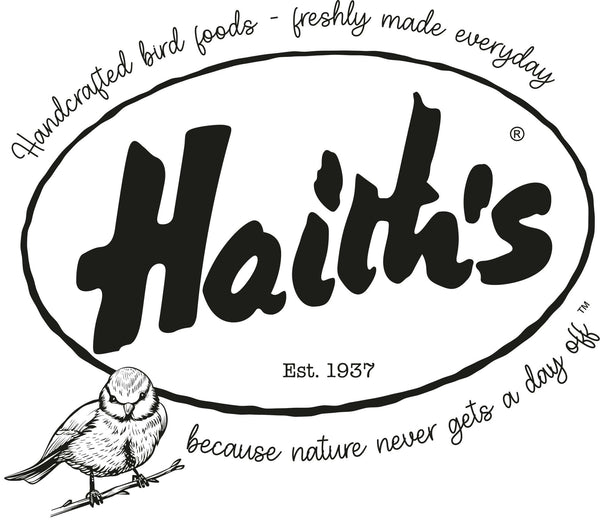Why Water is a Lifeline for Garden Birds in Summer
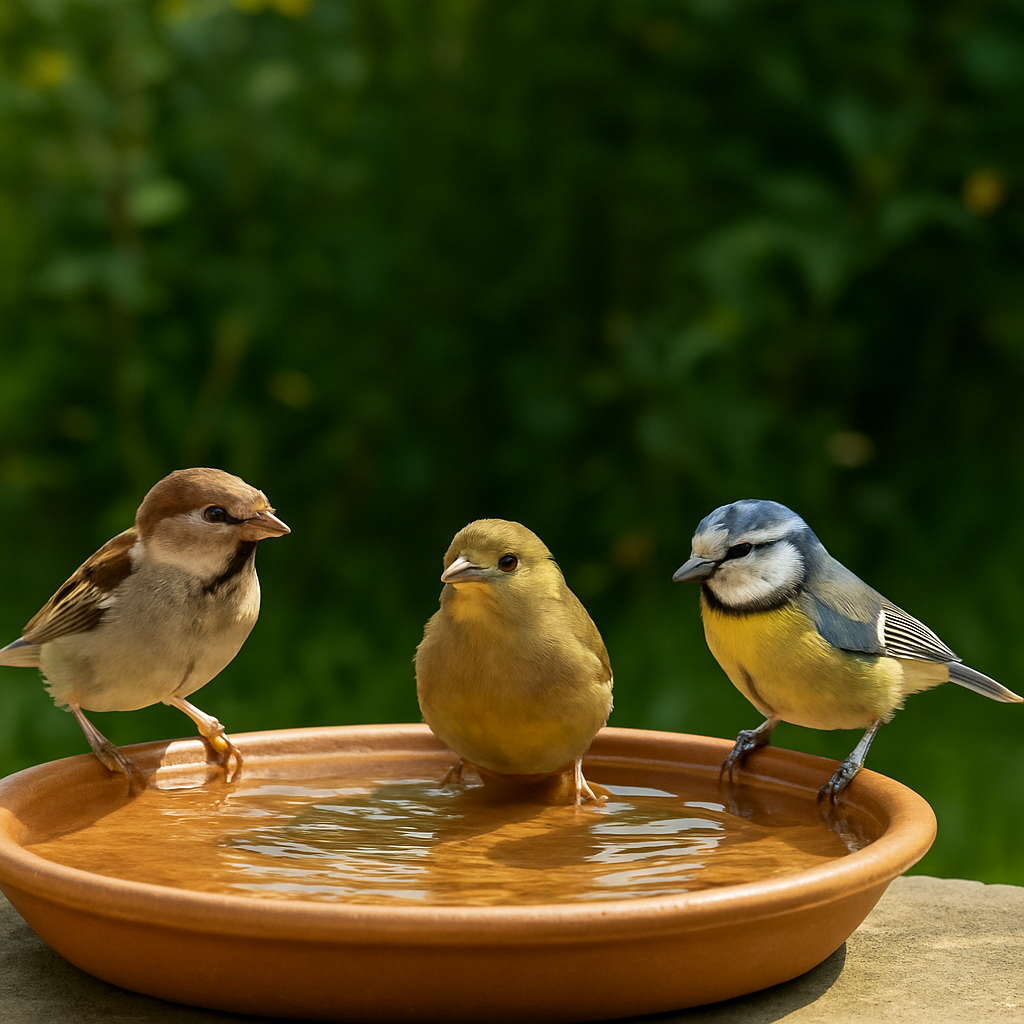
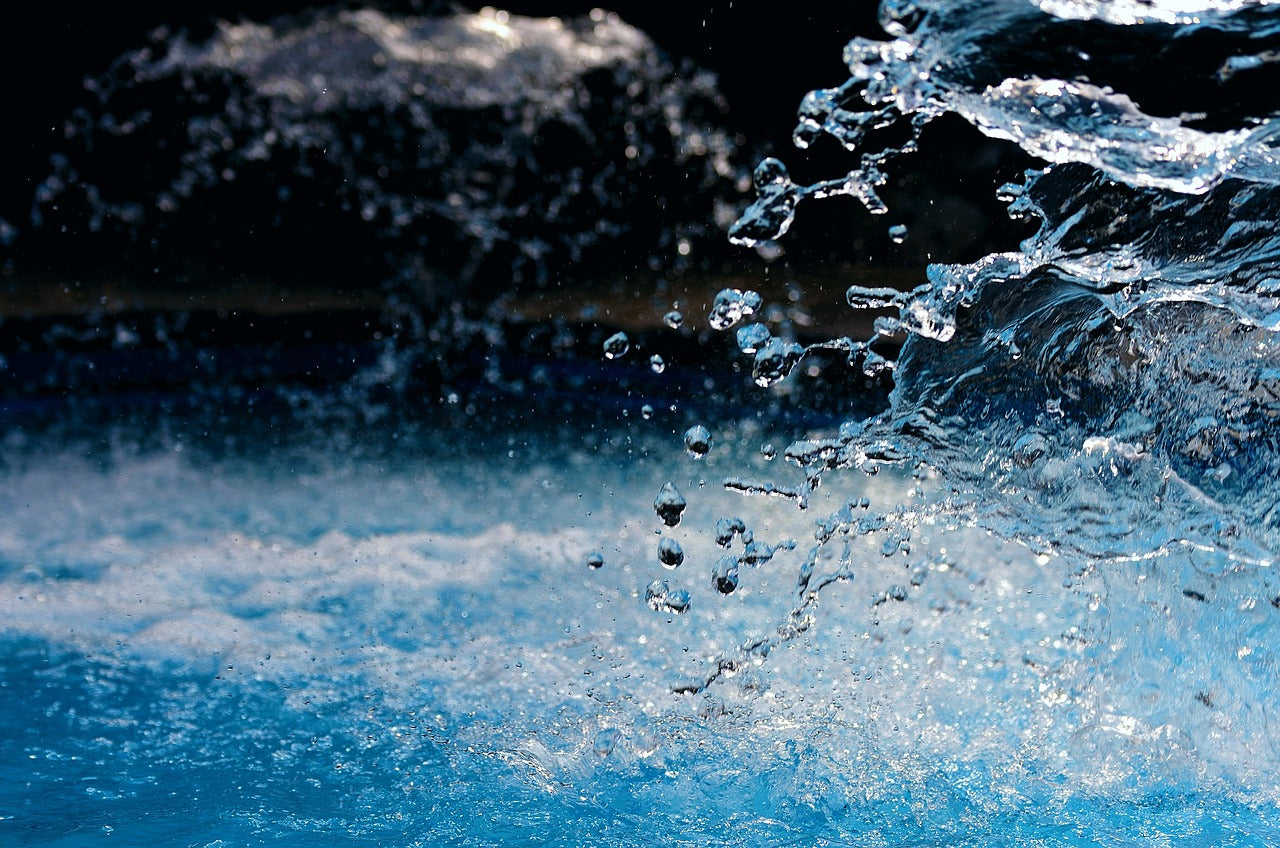
As the days grow longer and the sun shines brighter, summer brings with it plenty of joy: garden blooms, warm evenings, and more time outdoors. But for our garden birds, the warmer months present a real challenge - staying hydrated. While many of us think first of food when it comes to supporting garden birds, water is just as essential, especially in the heat of summer. In this blog, we’ll explore why water is so important for birds during the warmer months, how you can help, and some easy tips for creating a bird-friendly oasis in your own garden.
Why Do Birds Need Water? Just like all living creatures, birds need water to survive. But in summer, their need for water goes beyond simple hydration. It plays a crucial role in their daily routines, from drinking to bathing and even cooling down.
-

Hydration
Birds lose water through respiration and excretion, and in hot weather, this happens even faster. Unlike mammals, birds don’t sweat, but they still need to regulate their body temperature - and staying hydrated helps them do this efficiently. A constant source of clean water allows them to replace what’s lost throughout the day, keeping them healthy and active.
-

Bathing
You’ve probably seen birds splashing around in shallow water. This isn’t just for fun (though they do seem to enjoy it!). Bathing helps birds keep their feathers clean and in good condition. Clean feathers insulate better and make flight more efficient - two essentials for survival. Dust, dirt, and parasites can build up quickly in warm weather, so a good bath is a vital part of a bird’s grooming routine.
-

Feeding Chicks
During the breeding season, which stretches into early summer, adult birds work tirelessly to feed their hungry chicks. This means more flying, more exertion, and a greater need for water. Some species even bring water back to the nest in their feathers or bills to help their young stay hydrated.
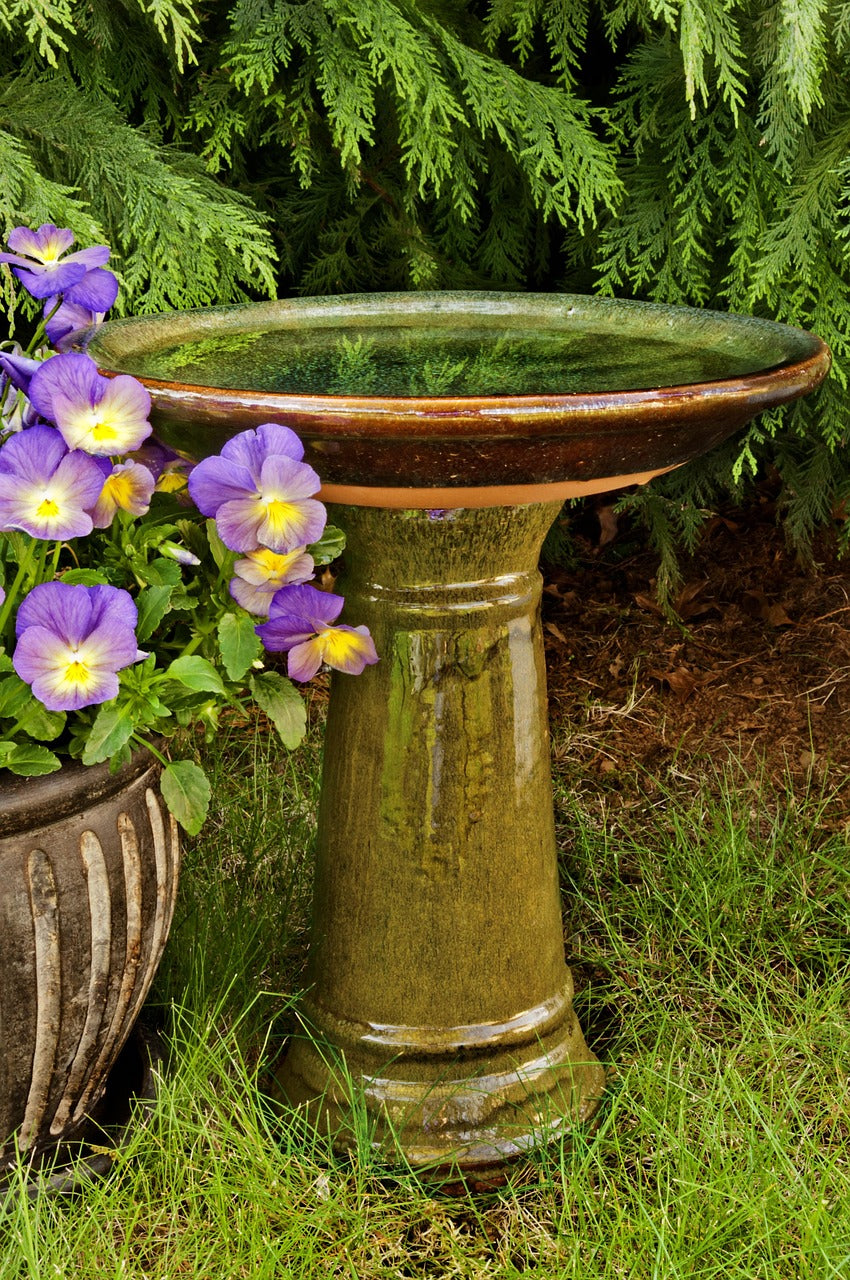
Summer’s Hidden Danger: Drought
In periods of dry weather, natural water sources like puddles, streams, and ponds can dry up. This makes it harder for birds to find what they need. Urban environments pose an even bigger challenge, with paved gardens and fewer natural resources. That’s where we can make a real difference. By offering a simple water source, you're providing a lifeline - not just for one bird, but for whole families, and often for a variety of species.
How You Can Help: Creating a Summer Bird Spa
-

Choose the Right Container
You don’t need a fancy bird bath (although they can be a lovely addition to any garden). A shallow dish, an old plant saucer, or even an upturned dustbin lid can do the job. The key is that it should be no more than 5–8 cm deep, so smaller birds can stand safely. If you’re placing it on the ground, make sure it's in a shady, open area to prevent overheating and to allow birds to watch for predators. Alternatively, place it on a pedestal or bird table if cats frequent your garden.
-

Keep it Clean
Dirty water can spread disease. In warm weather, algae and bacteria can build up quickly, especially if birds are bathing regularly. Try to change the water every day if possible and give the container a good clean once or twice a week using hot water and a stiff brush. Avoid using cleaning products or soap - they can be harmful to birds.
-

Add a Pebble or Two
Adding a few pebbles or stones to your bird bath or dish gives birds somewhere to perch while drinking or bathing. This can make the water more inviting and safer, particularly for smaller species or fledglings.
-

Offer Variety
If space allows, consider placing more than one water source around your garden - perhaps one on the ground for blackbirds and robins, and one higher up for finches or tits. Moving water (like a solar-powered fountain or dripper) can be especially attractive to birds, as they’re often drawn to the sound.
Who Might Visit?
-

If you provide water consistently, you’ll be surprised by the variety of visitors you’ll attract. In addition to the usual garden favourites - robins, sparrows, blue tits, and blackbirds - you might see summer migrants like swallows or house martins stopping by for a drink mid-flight. Even non-songbirds like wood pigeons and jackdaws appreciate a dip on a hot day. And it’s not just birds that benefit. A water source can also support pollinators like bees and butterflies, and even small mammals such as hedgehogs.
A Daily Ritual
Setting up a bird bath or dish can quickly become part of your own summer routine -
refreshing the water each morning, watching the birds arrive, and enjoying
their antics as they splash, flutter, and preen. It’s a simple pleasure, and a lovely way to connect with nature right outside your door.
For families, it’s also a wonderful opportunity to teach children about wildlife
and the changing seasons. Watching young birds take their first tentative bath
is a summer memory that tends to stick.
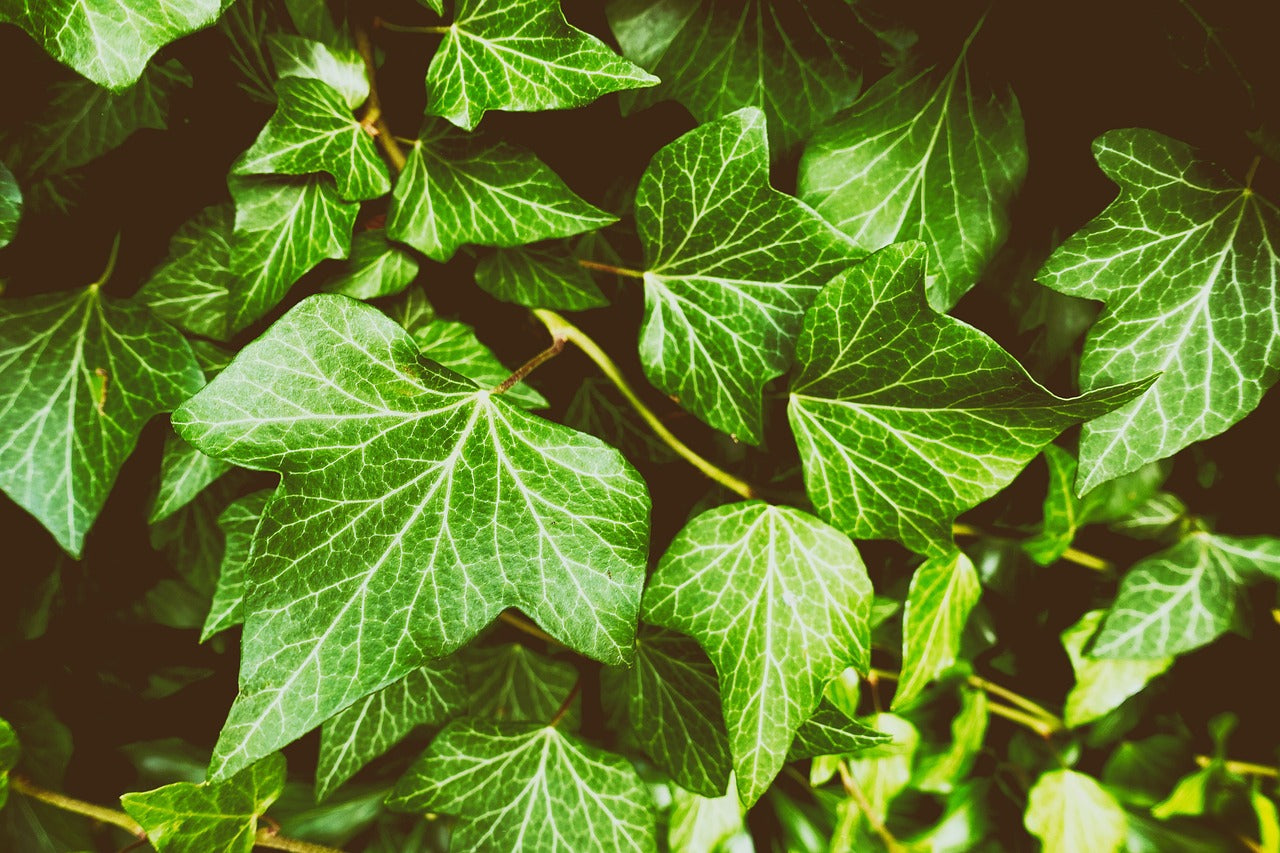
Don’t Forget: Shade and Shelter
In addition to water, birds appreciate some shade and shelter during the heat of the day. Trees, shrubs, and hedgerows not only provide protection from the sun, but also a safe place to rest and preen after bathing. If your garden is short on cover, consider planting a native hedge or placing a few pots with tall grasses or climbers nearby.
HAITH'S to HOME
Drink Up! Water Feeder for wild birds
Share
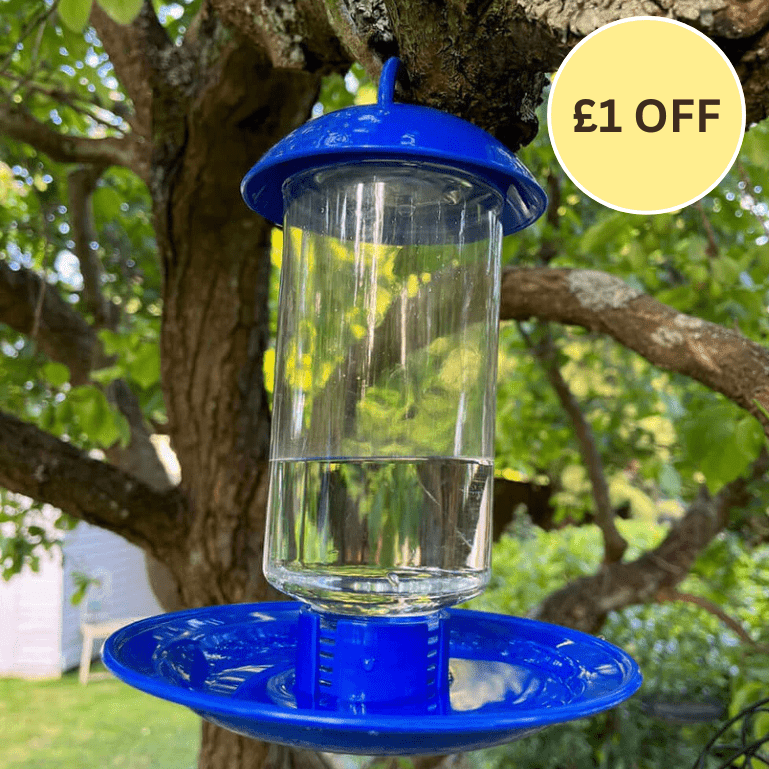
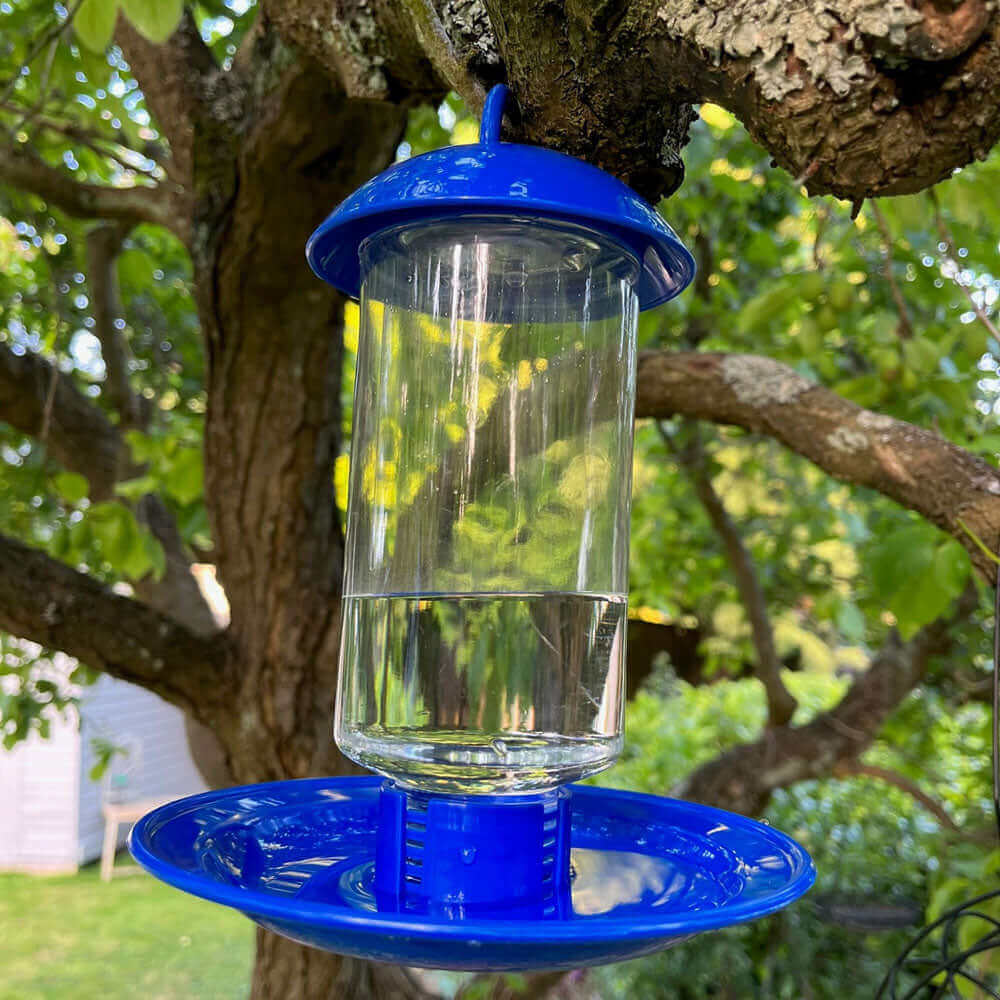
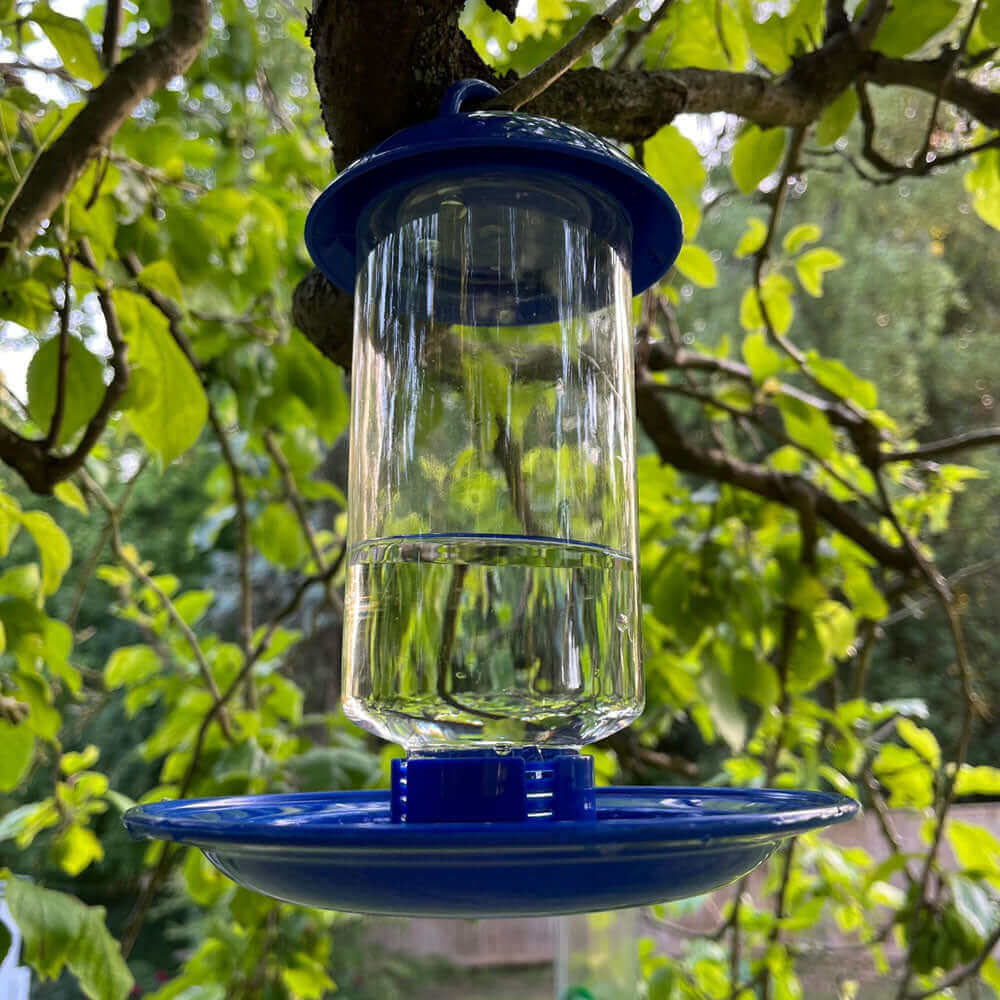
While we humans can reach for a cool drink or turn on a fan when temperatures rise, birds don’t have the same luxuries. In fact, for them, summer can be a stressful time - especially when water is scarce.
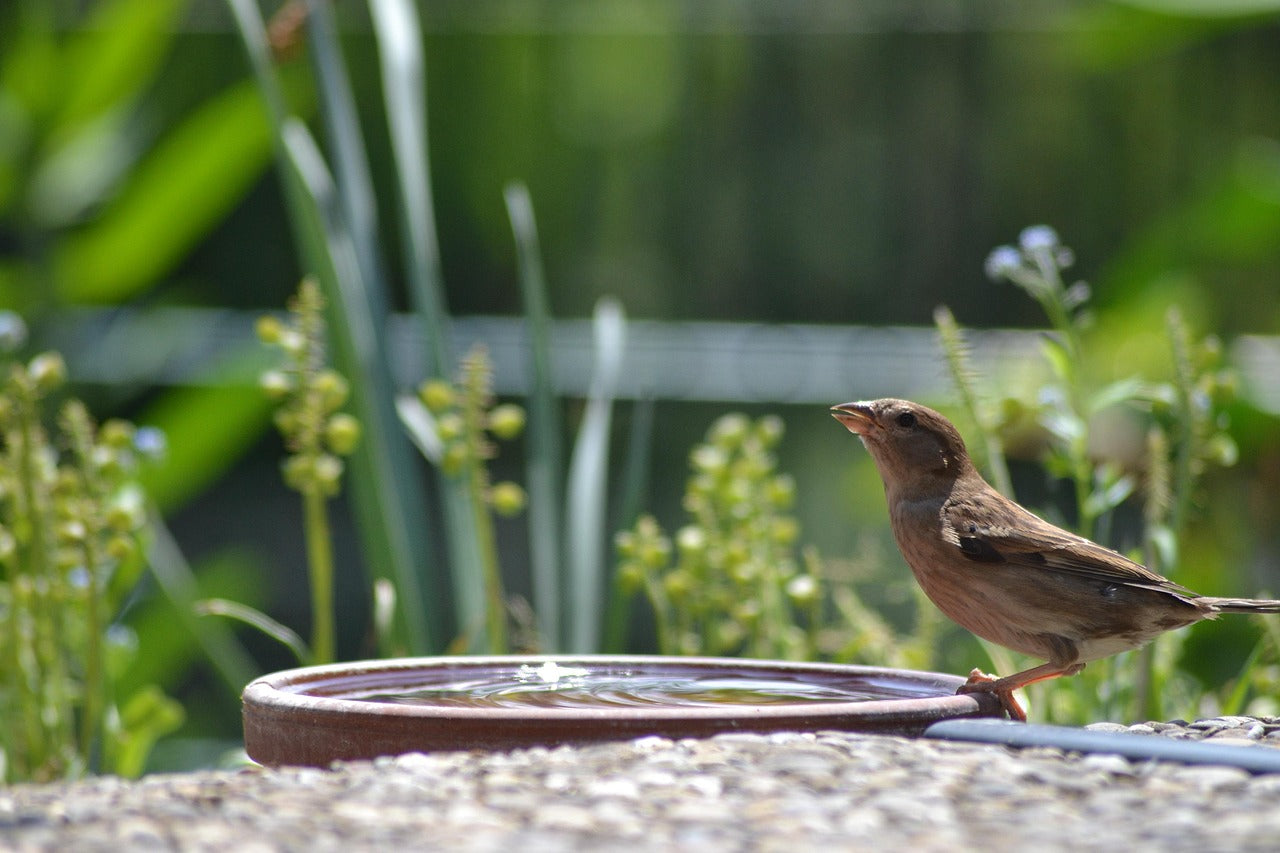
By offering a simple, clean source of water in your garden, balcony, or even windowsill, you’re giving local birds a better chance to thrive through the summer. It’s one of the most helpful things you can do, and it takes very little effort. In return, you’ll be rewarded with closer encounters with nature, the joy of seeing birds at ease, and the satisfaction of knowing you’ve made a real difference. So as the sun continues to shine, don’t forget to provide water. For your garden birds, it’s not just a drink - it’s a lifeline.
